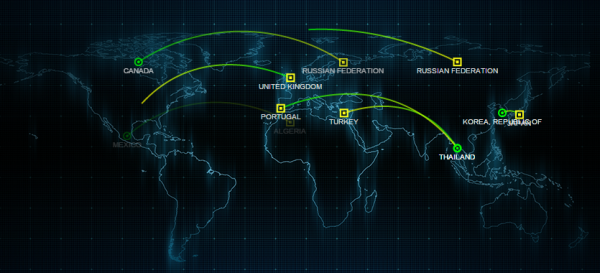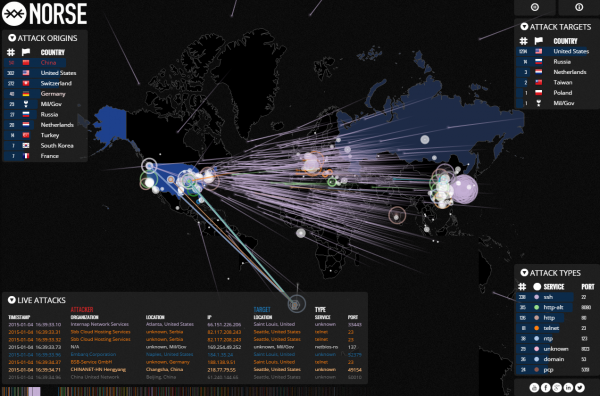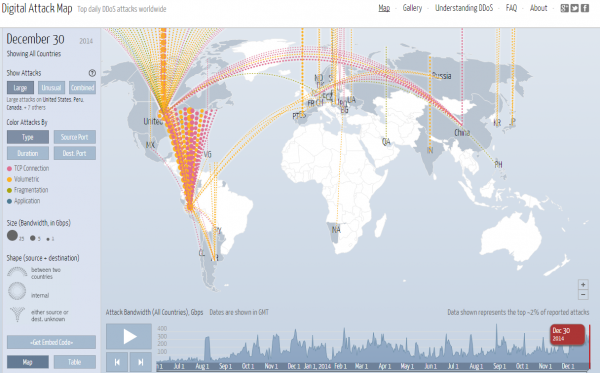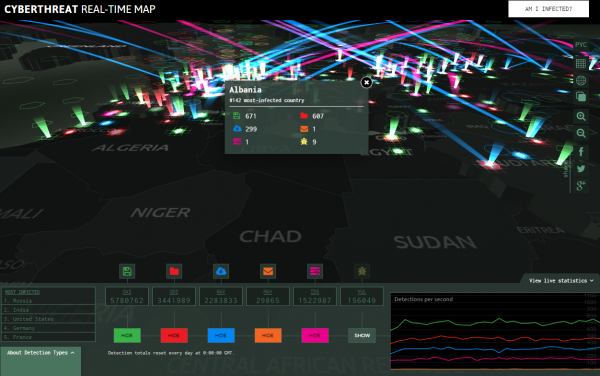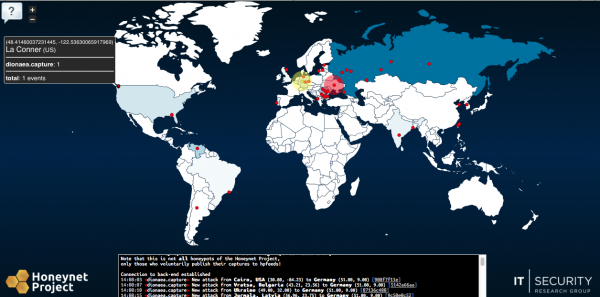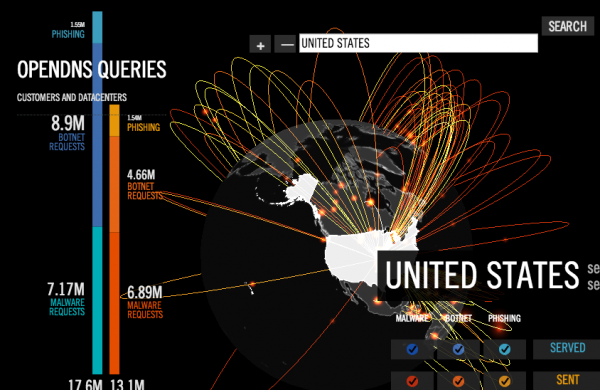Abandoning identity in favor of attributes
 Tuesday, February 24, 2015 at 02:52PM
Tuesday, February 24, 2015 at 02:52PM By Steve Wilson, Principal Analyst, Constellation Research
Wilson works at the intersection of digital identity, privacy, cryptography and policy. He has worked in identity R&D and strategy for 18 years with his current research applying Darwinian thinking and cultural ecology to understand how identities evolve in real world business.
Identity online is a vexed problem. The majority of Internet fraud today can be related to weaknesses in the way we authenticate people electronically. Internet identity is terribly awkward too. Unfortunately today we still use password techniques dating back to 1960s mainframes that were designed for technicians, by technicians.
Our identity management problems also stem from overreach. For one thing, the information era heralded new ways to reach and connect with people, with almost no friction. We may have taken too literally the old saw “information wants to be free.” Further, traditional ways of telling who people are, through documents and “old boys networks” creates barriers, which are anathema to new school Internet thinkers.
For the past 10-to-15 years, a heady mix of ambitions has informed identity management theory and practice: improve usability, improve security and improve “trust.” Without ever pausing to unravel the rainbow, the identity and access management industry has created grandiose visions of global “trust frameworks” to underpin a utopia of seamless stranger-to-stranger business and life online.
Why is identity online so strangely resistant to these well-meaning efforts to fix it? In particular, why is federated identity so dramatically easier said than done?
Well-resourced industry consortia and private-public partnerships have come and gone over the past decade or more. Numerous “trust” start-up businesses have launched and failed. Countless new identity gadgets, cryptographic algorithms and payment schemes have been tried.
And yet the identity problem is still with us. Why is identity online so strangely resistant to these well-meaning efforts to fix it? In particular, why is federated identity so dramatically easier said than done?
Identification is a part of risk management. In business, service providers use identity to manage the risk that they might be dealing with the wrong person. Different transactions carry different risks, and identification standards are varied accordingly. Conversely, if a provider cannot be sure enough who someone is, they now have the tools to withhold or limit their services. For example, when an Internet customer signs in from an unusual location, payment processors can put a cap on the dollar amounts they will authorize.
Across our social and business walks of life, we have distinct ways of knowing people, which yields a rich array of identities by which we know and show who we are to others. These Identities have evolved over time to suit different purposes. Different relationships rest on different particulars, and so identities naturally become specific not general.
The human experience of identity is one of ambiguity and contradictions. Each of us simultaneously holds a weird and wonderful ensemble of personal, family, professional and social identities. Each is different, sometimes radically so. Some of us lead quite secret lives, and I’m not thinking of anything salacious, but maybe just the role-playing games that provide important escapes from the humdrum.
Most of us know how it feels when identities collide. There’s no better example than what I call the High School Reunion Effect: that strange dislocation you feel when you see acquaintances for the first time in decades. You’ve all moved on, you’ve adopted new personae in new contexts – not the least of which is the one defined by a spouse and your own new family. Yet you find yourself re-winding past identities, relating to your past contemporaries as you all once were, because it was those school relationships, now fossilised, that defined you.
Frankly, we’ve made a mess of the pivotal analogue-to-digital conversion of identity. In real life we know identity is malleable and relative, yet online we’ve rendered it crystalline and fragile.
We’ve come close to the necessary conceptual clarity. Some 10 years ago a network of “identerati” led by Kim Cameron of Microsoft composed the “Laws of Identity,” which contained a powerful formulation of the problem to be addressed. The Laws defined Digital Identity as “a set of claims made [about] a digital subject.”
Your Digital Identity is a proxy for a relationship, pointing to a suite of particulars that matter about you in a certain context. When you apply for a bank account, when you subsequently log on to Internet banking, when you log on to your work extranet, or to Amazon or PayPal or Twitter, or if you want to access your electronic health record, the relevant personal details are different each time.
The flip side of identity management is privacy. If authentication concerns what a Relying Party needs to know about you, then privacy is all about what they don’t need to know. Privacy amounts to information minimization; security professionals know this all too well as the “Need to Know” principle.
All attempts at grand global identities to date have failed. The Big Certification Authorities of the 1990s reckoned a single, all-purpose digital certificate would meet the needs of all business, but they were wrong. Ever more sophisticated efforts since then have also failed, such as the Infocard Foundation, Liberty Alliance and the Australian banking sector’s Trust Centre.
Significantly, identity federation only works within regulatory monocultures – for example the US Federal Bridge CA, or the Scandinavian BankID network – where special legislation authorises banks and governments to identify customers by the one credential. The current National Strategy for Trusted Identities in Cyberspace has pondered legislation to manage liability but has balked. The regulatory elephant remains in the room.
One of the most promising identity developments today is the Open Identity Foundation’s Attribute Exchange Network, a new architecture seeking to standardise how identity claims may be traded. The Attribute Exchange Network resonates with a growing realization that, in the words of Andrew Nash, a past identity lead at Google and at PayPal, “attributes are at least as interesting as identities – if not more so.”
If we drop down a level and deal with concrete attribute data instead of abstract identities, we will start to make progress on the practical challenges in authentication: better resistance to fraud and account takeover, easier account origination and better privacy.
My vision is that by 2019 we will have a fresh marketplace of Attribute Providers. The notion of “Identity Provider” should die off, for identity is always in the eye of the Relying Party. What we need online is an array of respected authorities and agents that can vouch for our particulars. Banks can provide reliable electronic proof of our payment card numbers; government agencies can attest to our age and biographical details; and a range of private businesses can stand behind attributes like customer IDs, membership numbers and our retail reputations.
In five years time I expect we will adopt a much more precise language to describe how to deal with people online, and it will reflect more faithfully how we’ve transacted throughout history. As the old Italian proverb goes: It is nice to “trust” but it’s better not to.







